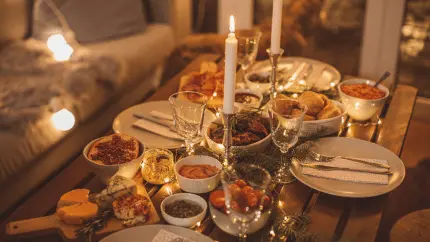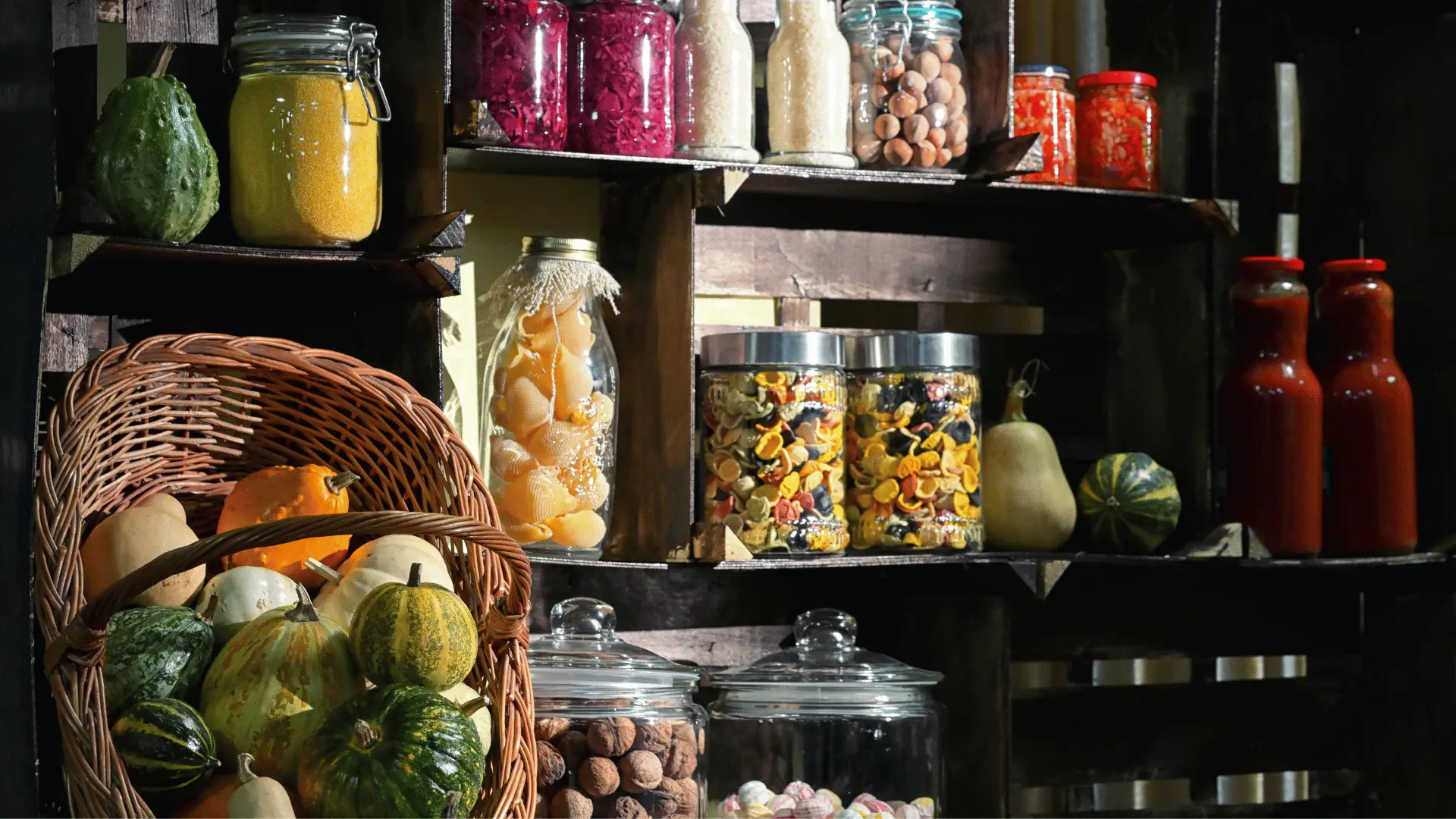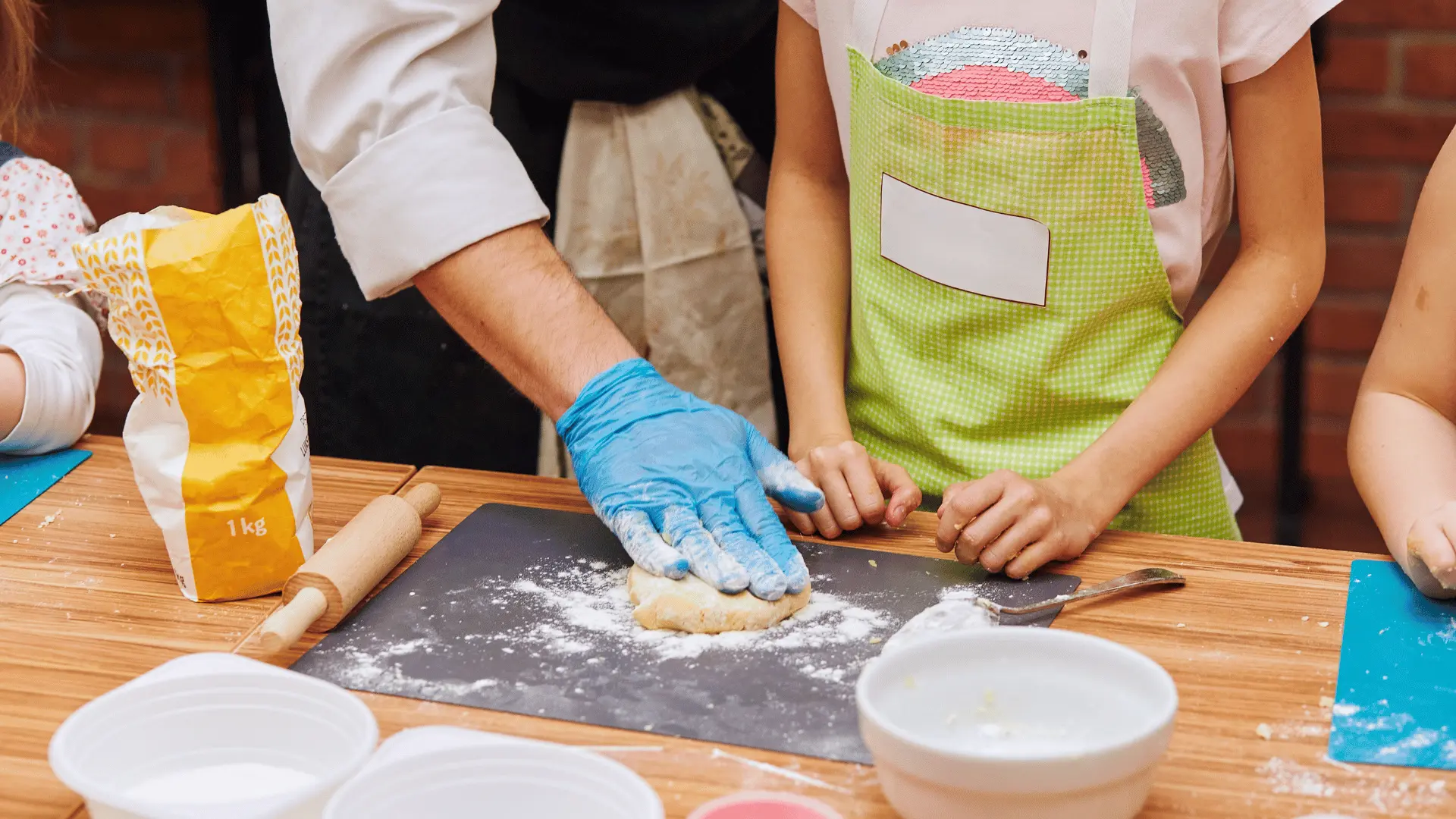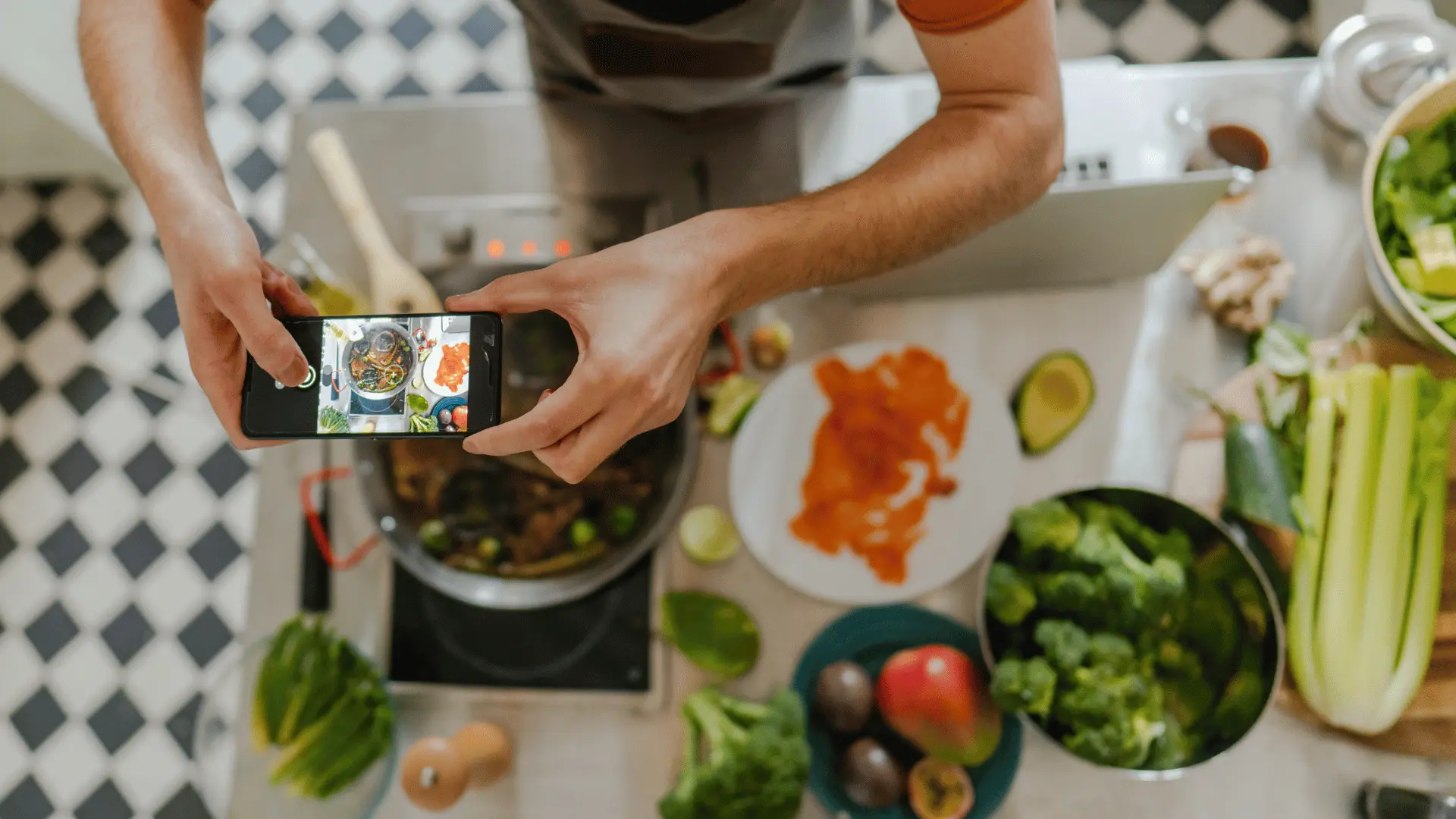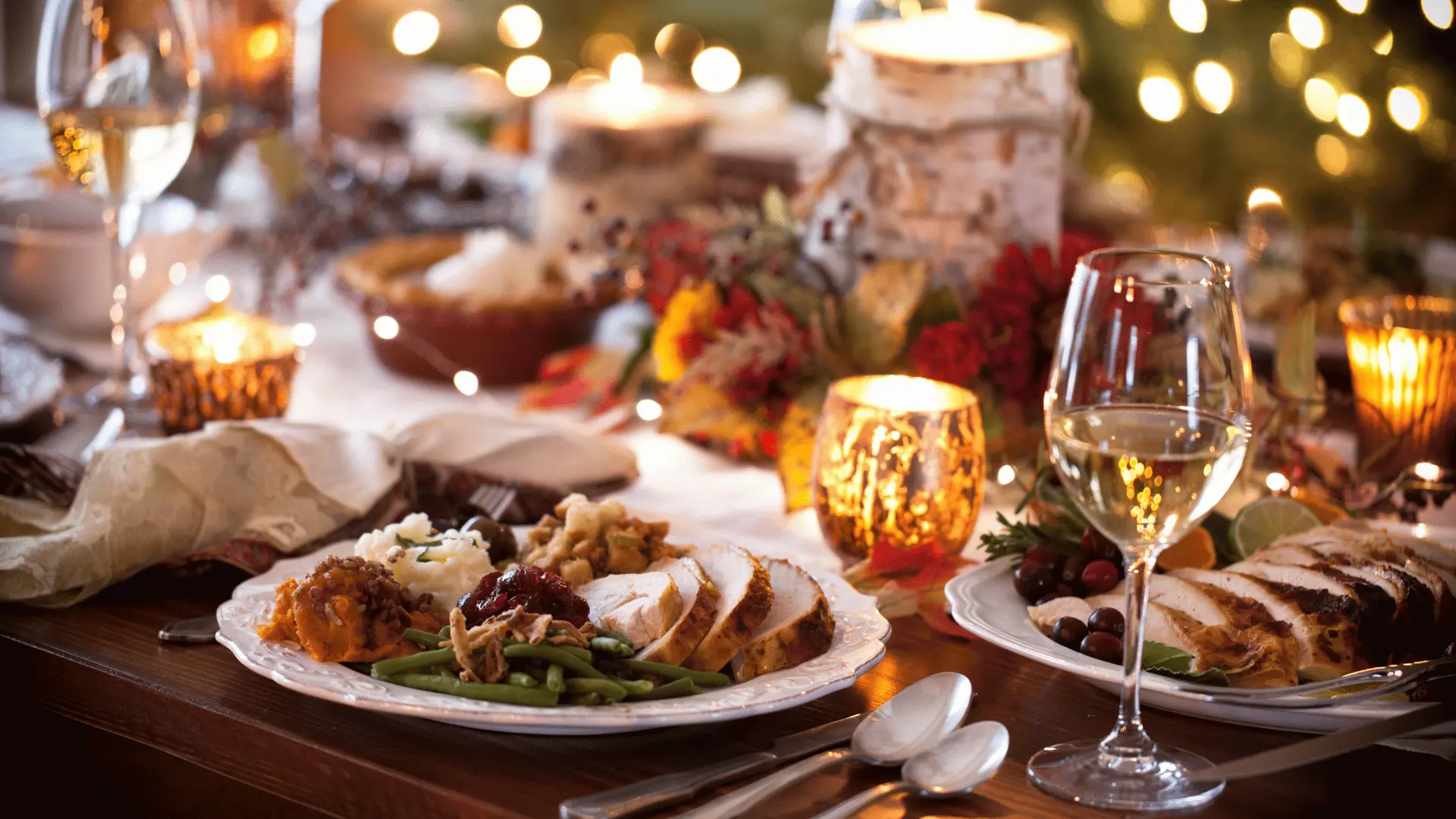
How to Decide Which Recipes to Keep Private and Which to Share
Every recipe has a story, but not every story is meant for the world. Some dishes are intimate heirlooms—like the pie your grandmother perfected over decades—while others, like your go-to weeknight chili, might be recipes you’d happily share with friends, coworkers, or even the wider community. In today’s digital age, deciding what stays private and what gets shared publicly has never been more important.
Sharing recipes can inspire, connect, and preserve traditions. But without intention, it can also lead to treasured family dishes losing their meaning, or worse, disappearing altogether. That’s why having a decision framework helps. By asking the right questions, you can protect recipes that need safeguarding while still enjoying the joy of sharing the ones that are ready for a broader audience.
Why It’s Worth Deciding Up Front
Once a recipe is shared online, it’s often out of your hands. Screenshots, reposts, and copies can spread quickly. That’s fine for a cookie recipe you tweaked last week, but not for a handwritten heirloom that carries generations of meaning. By being intentional about which recipes to share and which to keep private, you safeguard your family’s culinary identity while still contributing to food conversations when you want to.
Guiding Questions to Ask
Here’s a framework of questions to help you make the decision:
- Does this recipe carry a family story? If the recipe is tied to a loved one, a cultural tradition, or a defining moment in your family’s history, consider keeping it private or sharing only with close relatives.
- Is this recipe an heirloom? Handwritten cards, dishes passed down for generations, or recipes tied to holidays and rituals often deserve protection within family circles.
- Would sharing this recipe bring joy to others? Everyday favorites, crowd-pleasers, or creative twists on classics are often perfect for sharing publicly.
- Am I comfortable losing control of this recipe? Once it’s public, it’s public. If the thought of your great-aunt’s secret bread recipe showing up on a blog without her story attached makes you uneasy, keep it private.
- Does this recipe showcase your family’s identity? Some families love sharing their heritage with pride. Others prefer to keep it close. Decide where your comfort level lies.
Examples of Private Recipes
Some recipes almost always lean toward the private side. Here are examples:
- The Heirloom Dessert: Grandma’s pie recipe, written in her handwriting, with decades of family history baked into it.
- The Holiday Tradition: Stuffing or tamales tied to annual celebrations, carrying cultural and emotional significance.
- The Signature Dish: A recipe that defines your family’s identity or is associated with a beloved relative.
Keeping these recipes private doesn’t mean hiding them. It means preserving them with care, passing them along intentionally, and ensuring future generations know their full story.
Examples of Share-Worthy Recipes
Other recipes practically beg to be shared. Consider these:
- Everyday Weeknight Dinners: Easy chili, pasta bakes, or sheet pan meals that others would love to try.
- Party Favorites: Crowd-pleasers like dips, sliders, or cookies that bring people together at gatherings.
- Creative Experiments: New twists you’ve added to classic dishes that aren’t tied to sensitive family history.
These are the recipes that can inspire friends, neighbors, and even strangers without risking the intimacy of heirloom dishes.
Blending Privacy and Sharing
The good news is, you don’t have to choose all-or-nothing. Tools like Recipe Memory allow you to keep heirloom recipes private in a digital vault, share select dishes with family-only “tables,” or publish others publicly in the community Kitchen. That way, you get the best of both worlds—protection and connection.
Tips for Making the Right Call
Still on the fence about a particular recipe? Try these tips:
- Write down the story first: If the story feels too personal for public sharing, keep it private.
- Ask family members: Some recipes are seen as sacred. Get consensus before posting them publicly.
- Start small: Share within a close circle first. If it feels right, you can always expand later.
- Think long term: Will you be happy if this recipe is found online years from now, disconnected from its origin?
Why This Matters
Recipes are more than instructions—they’re cultural, familial, and deeply personal. Treating them with intention honors both the food and the people behind it. By deciding which recipes to keep private and which to share, you strike a balance between preservation and inspiration. You protect your family’s heritage while also allowing your everyday cooking to bring joy to others.
Key Takeaway
Not every recipe is meant for the world. By asking the right questions, you can decide what stays in the family vault and what can inspire others. With tools that let you store, protect, and share on your terms, your food story always stays yours. And that’s what makes each recipe worth saving.
Love what you’re reading?
Join Recipe Memory today to save your favorite recipes, plan meals with ease, and create smart grocery lists ...all in one place.
